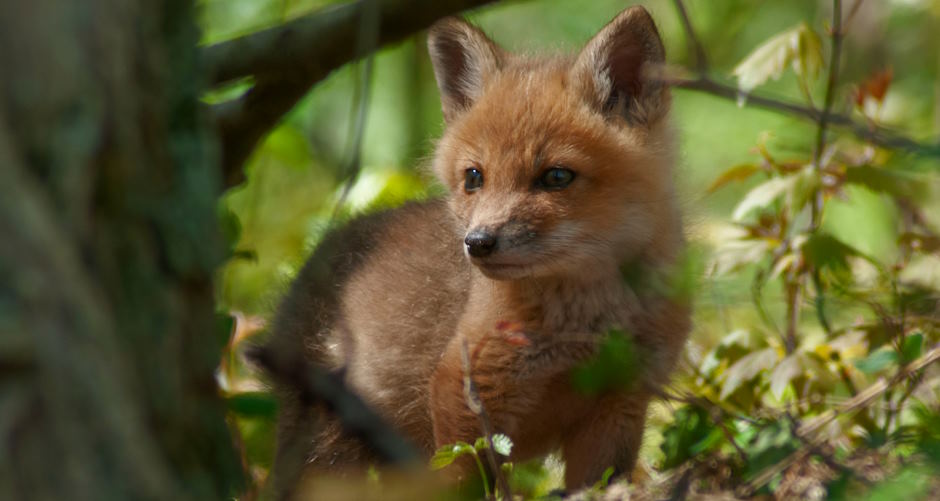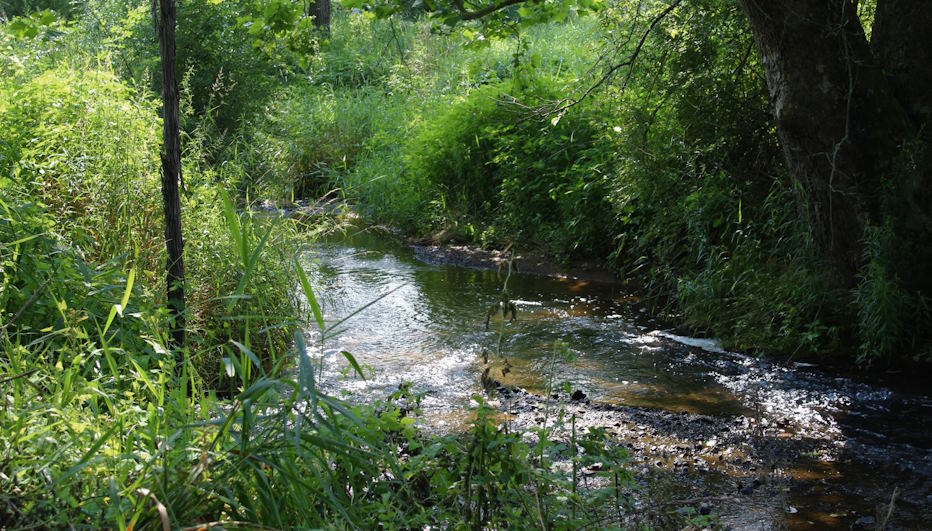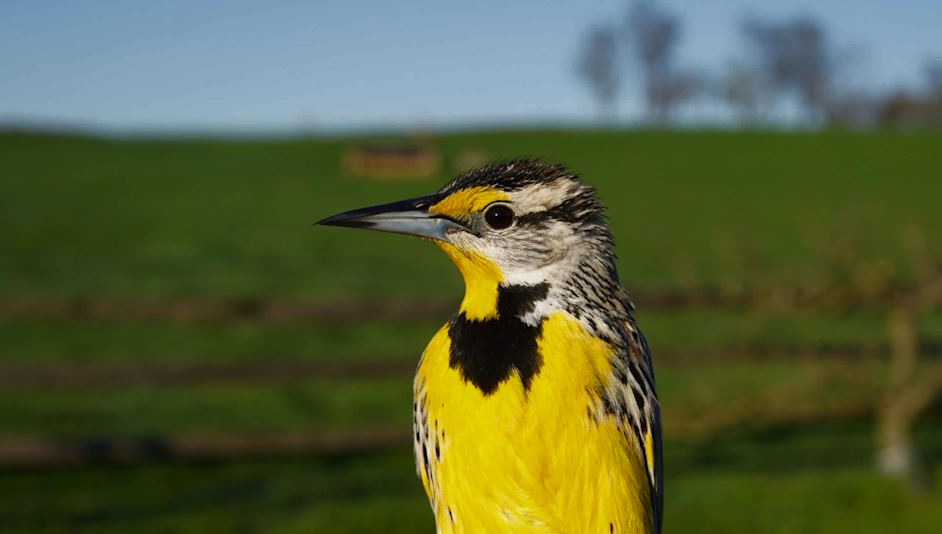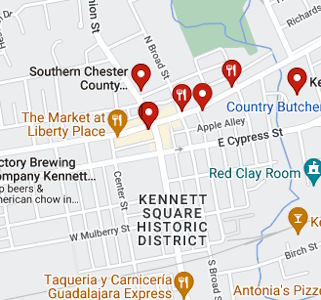Wildlife Conservation Efforts in Southern Chester County
- Published in Chester County's Natural Resources
- Permalink

When it comes to the conservation environment of Southern Chester County, it is clear that animal conservation includes more than just scientific pursuits. The region’s different ecosystems support a wide range of creatures, from butterflies with fluttering wings to deer with majestic strides. Southern Chester County emerges as a guardian of the wild in this symphony of nature, maintaining a heritage that transcends boundaries and celebrates the delicate dance of life in all its forms.
Unveiling Wildlife Conservation: Growing Local Support
The commitment of fostering local support for Southern Chester County’s wildlife conservation projects is more than just a preservation effort; it is a community activity that resonates with the collective heartbeat of local citizens.

Fostering community support for wildlife conservation projects has become a cornerstone of efforts to protect the region’s natural heritage. The community’s enthusiasm may be seen in the relationships formed with conservation organizations, involvement in educational programs, and active participation in habitat restoration efforts.
The importance of wildlife corridors in Southern Chester County
Wildlife corridors are commonly referred to as nature’s lifelines, are critical components of Southern Chester County’s wildlife protection strategy. These interwoven channels enable wildlife to move safely across fragmented landscapes, ensuring genetic variety, healthy populations, and resilience to environmental changes. Wildlife corridors are especially important in areas where both urban and rural landscapes merge.

Collaborative efforts to safeguard Southern Chester County’s wildlife
The collaborative nature of Southern Chester County’s wildlife conservation programs is a testament to the strength of group effort when confronting environmental issues. To guarantee the success of conservation programs, groups like Natural Lands and Stroud Water Research Center collaborate closely with nearby communities and make use of both grassroots and scientific efforts.
The restoration of riparian buffers alongside streams and rivers is one notable example of a cooperative effort. This project not only improves the quality of the water but also offers vital homes for many different species, such as the elusive river otter and the endearing wood duck.

 Southern Chester County, where history meets horizon. Join us in discovering the rich tapestry of heritage, vibrant communities, and the scenic allure that sets this region apart. Explore the heart of tradition and the pulse of modernity, as we unveil the beauty that defines this charming region.
Southern Chester County, where history meets horizon. Join us in discovering the rich tapestry of heritage, vibrant communities, and the scenic allure that sets this region apart. Explore the heart of tradition and the pulse of modernity, as we unveil the beauty that defines this charming region.